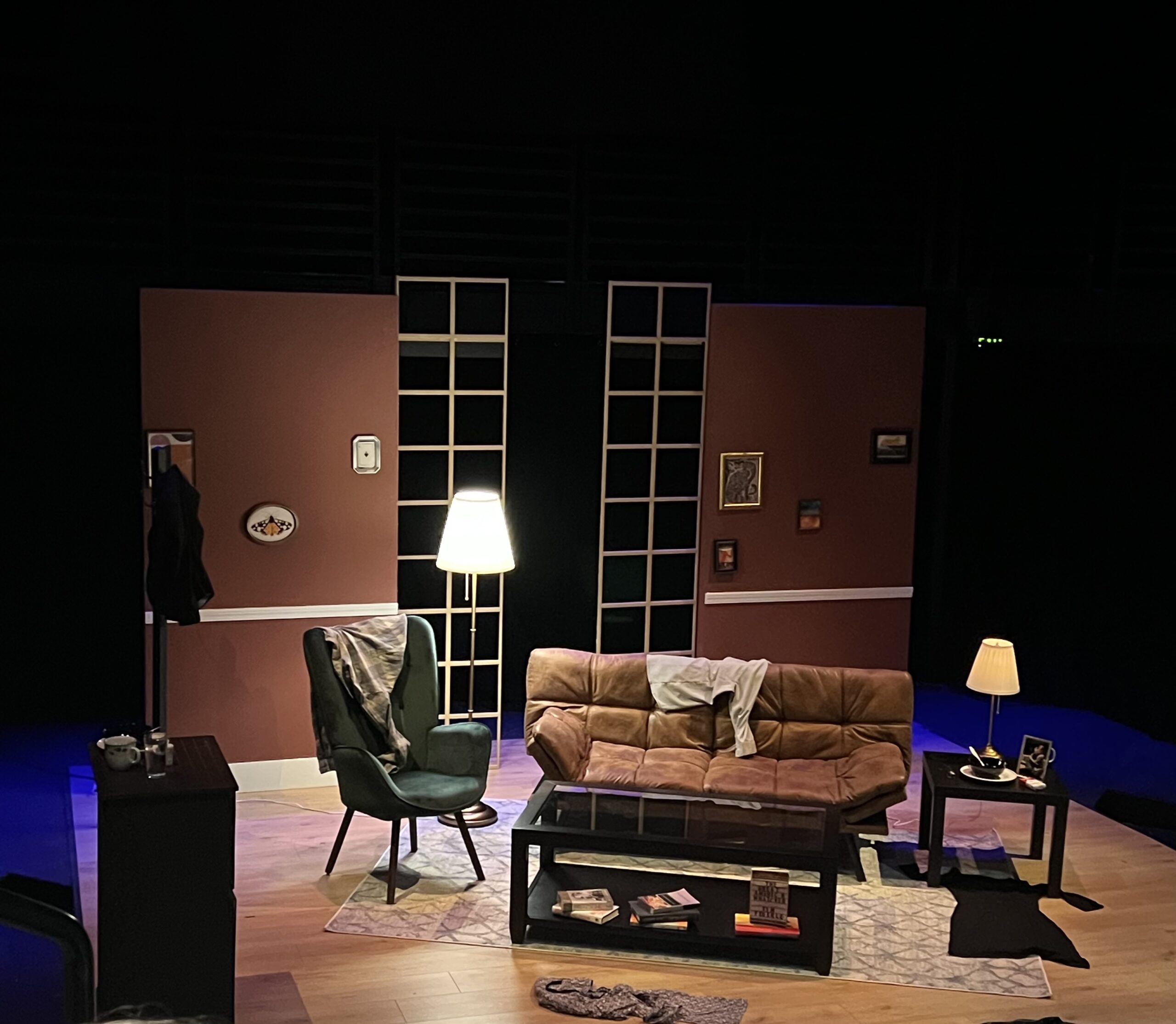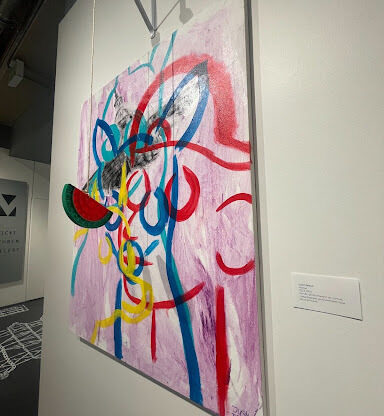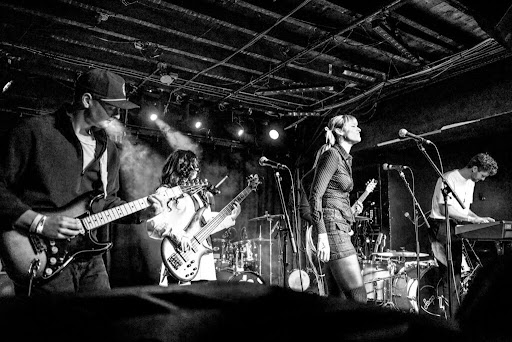On Feb. 2, Duran Duran was nominated into the Rock and Roll Hall of Fame. From the start, their stylish ensembles and fantasy-filled music videos, one of which was banned by the BBC and heavily edited before being adapted for America’s newly launched MTV, only branded the band’s image as global artists and pioneers in the merging commercialization of music, fashion and technology.
In 1997, Duran Duran was the first band to sell a digital single via the internet release of “Electric Barbarella.” Of the experience, cofounder and keyboardist, Nick Rhodes shared in a press release.
“We worked with Capitol Records at that time, getting them to allow me to do it was a nightmare process. One guy at the company helped me make it happen in the end, but they didn’t want to do it. They were fighting the technology. They thought it would be terrible for the business. And then we saw what happened. But it was six years later that Apple launched iTunes after I pushed the button on that download. So the tech was there and it took even Apple six years to figure out what it was and get machinery in place. Look at how we consume music now,” said Rhodes.
Long before incorporating cryptocurrency into your dating profile increased your second date odds by 33%, Duran Duran became the first band to stage a live concert virtually through Second Life in 2006. Second Life was released on June 23, 2003, as an online multimedia platform that allowed users to create avatars and interact with them in a “second life” in an online virtual world. Working off a restoration project created by metaverse developer Rivers Run Red, Duran Duran would also go on to launch an official band site in Second Life as well as create and inhabit their own island on the platform.
In an interview with the Wall Street Journal, Second Life’s CEO and founder, Philip Rosedale explained how Second Life is poised for a comeback with the trend of the metaverse and without a need for virtual reality headsets. Second Life’s virtual world included its own economy with the digital currency of Linden dollars which could be exchanged for U.S. dollars. Rosedale described this innovation as pioneering a virtual economy based on an exchange of creation.
“We’re definitely pioneers at Second Life in identifying that sort of right to take things you’ve made with your hands, you know, in a virtual space and own them and sell them to other people freely,” he said.
In a LinkedIn post published by the Rivers Run Red CEO and founder on Sept. 5, “What was old is virtually new. Getting from the Metaverse to the Purposeverse™,” Justin Bovington confirmed that Fortnite wasn’t the first company to play a live concert in a virtual world, but rather it was the PA by Suzanne Vega in 2006.
Bovington adds that at that time, Rivers Run Red’s collaboration with Duran Duran followed Vega’s with the “mass-festival SecondFest Virtual Festival (theGuardian and Intel) featuring over 50 acts, including the Pet Shop Boys, Cinematic Orchestra and Florence and the Machine. In a virtual 30 acre location, run over a three-day long weekend.”
On Dec. 16, the band would launch its first NFT series of “100 unique NFTs, created by an Artificial Intelligence (A.I.) named Huxley, with whom the band collaborated on the music video for their debut single, INVISIBLE, from their recently released studio album, FUTURE PAST.” The series would sell out within 24 hours and receive a range of reactions from their very vocal and engaged global fan base via their social platforms.
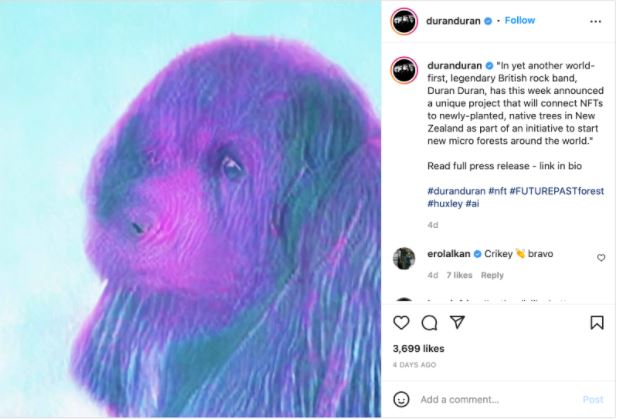
On Feb. 1, the band would take action to offset carbon emissions by introducing what they are “calling a world-first” via the launch of the “second part of their digital project: NFT(rees)” which gifts each the original NFT owners a second NFT “that’s connected to a specific tree being planted this week in Queensland, New Zealand, in the collector’s name.”
The new NFTs contain images of trees styled the same as the original NFTs from the “Invisible” collection. The new NFTs serve as fully tradable digital collectibles and part of the first in Digital Native: “an ongoing conservation collection.” The goal of Digital Native is to reforest the world with native trees and “fight carbon credit accounting.” Furthermore, each Digital Native NFT “represents a geo-cached living tree that’s traceable on the blockchain.”
According to their website, Digital Native was founded by Michael Sly, a New Zealand “world-leading environmental innovator” and is in the process of becoming a Decentralized Autonomous Organization (DAO). The collaboration with Duran Duran marks its inaugural micro forest “comprised of tree species native to the region” of Queenstown which are provided by the Jean Malpas Community Nursery and planted by local school children.
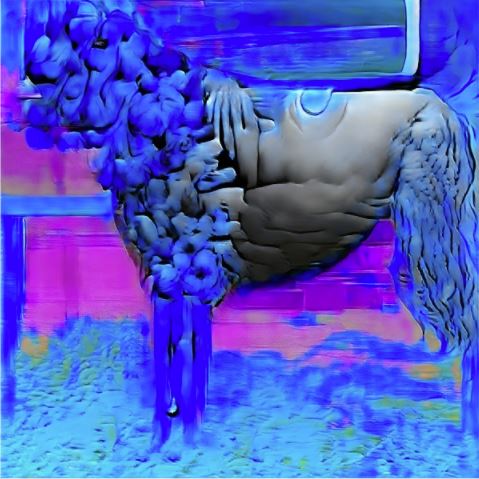
The contemporary art gallery based in L.A, the Gabba Gallery, curated the “Invisible” NFT collection. Partnering with the artificial intelligence-powered artist, Huxley and the blockchain-based community engagement platform Cube, Duran Duran are donating 100 percent of the proceeds from the sale of the secondary NFTs into the forest population. They hope to incentivize collectors to join the cause by gifting digital “keys” that “will unlock future benefits from the band, including new NFTs” to those who give 50% or more of their aftermarket sales revenue to the cause.
According to the OpenSea Digital Native Collection bio, the inaugural micro forest will be named the Future Past forest; the initial goal is to plant 1000 micro forests to help “combat the effects of climate change and biodiversity loss.” Released on Oct. 21, “Future Past” is the band’s 15th studio album which marks the 40th anniversary of their self-titled debut album.
Regarding the AI technology of Huxley, cofounder and keyboardist, Nick Rhodes shared that he was “fascinated” by the creators of Huxley who studied under British neuroscientist Karl Friston.
“Huxley was fed the information, videos, photos, lyrics of the song, memes, references and off it went. And what it came up with was both extraordinary and beautiful. I think if I had gone to many great modern artists and given them the remit to make this video we would never have got anything quite as unique, and so profound, artistically,” Rhodes said.
Technology continues to transform the way established and emerging artists can create and claim compensation for their labor and intellectual property, long after the creation of that property and art. How we value, exchange, preserve and claim ownership of goods continues to evolve. When an artist’s success in cultivating a brand and image is as essential as the music itself, Duran Duran’s longevity can serve as a case study in creative marketing strategy in terms of reinvention, adaptation and innovation to the times. How the world, beyond artists and celebrities, will take action to offset the carbon footprint of new technology, only time will tell.





